Album: A new face for Ötzi the Iceman Mummy
A New, Old Man
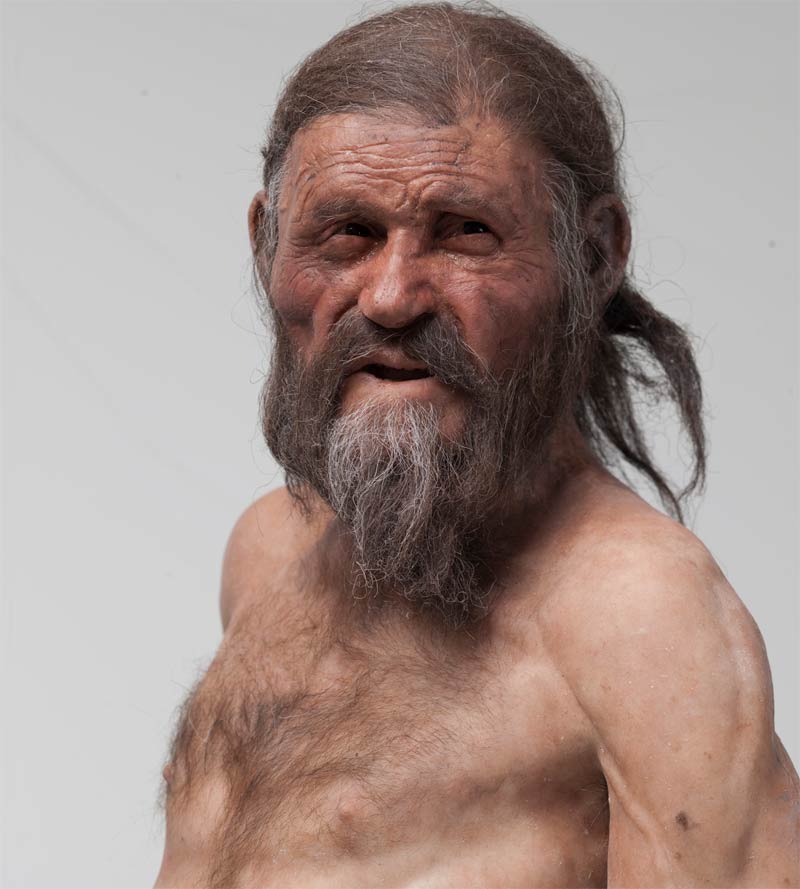
Ötzi, the 5,300-year-old mummy from the Alps, has a new face. Using a combination of forensic science and artistry, Dutch brothers Adrie and Alfons Kennis reconstructed his face for a new exhibit at the museum where his remains are housed, the South Tyrol Museum of Archaeology in Italy.
A Copper Age Man
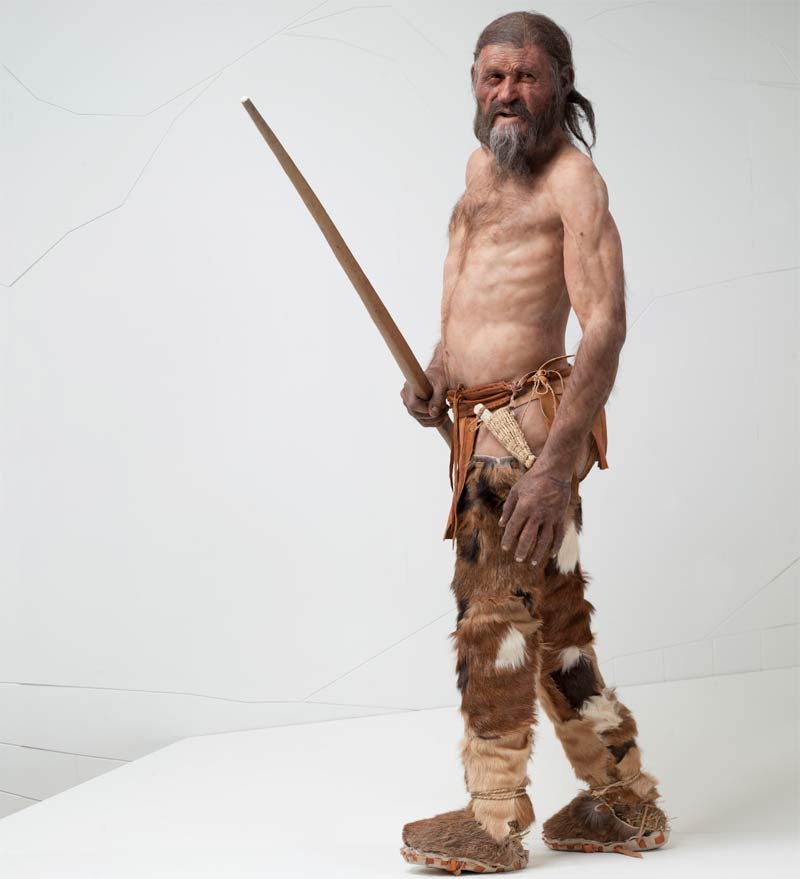
In 1991, hikers stumbled across Ötzi's mummified and frozen remains, along with his clothes and equipment, in the Ötztal Alps near the Italian-Austrian border. He is believed to have lived between 3350 and 3100 B.C., before Stonehenge or the pyramids of Giza were built.
A New Face
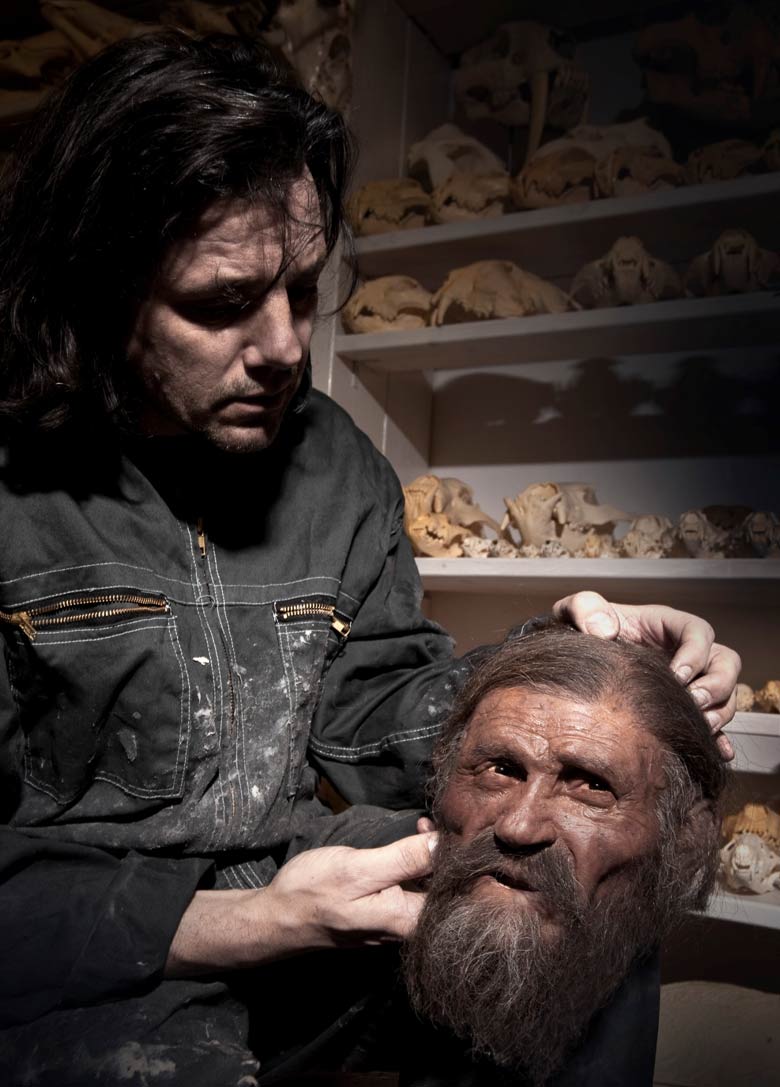
Various studies have explored how Ötzi died, what he ate and whether he has any living relatives, but one of the most frequently asked questions – what did he look like? – lingers, according to the museum.
Science and Artistry
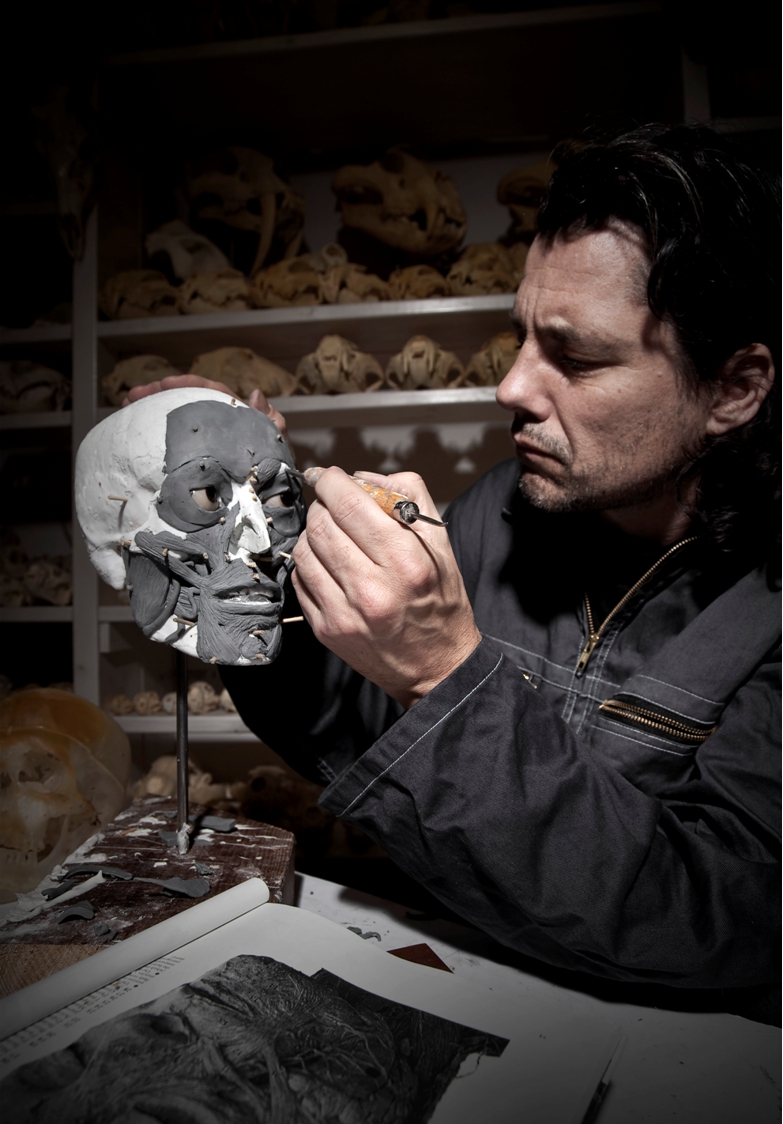
The Kennis brothers recreated Ötzi's face based on 3D images of his skull. A photographer, Heike Engel documented the process for half a year.
Resting Place
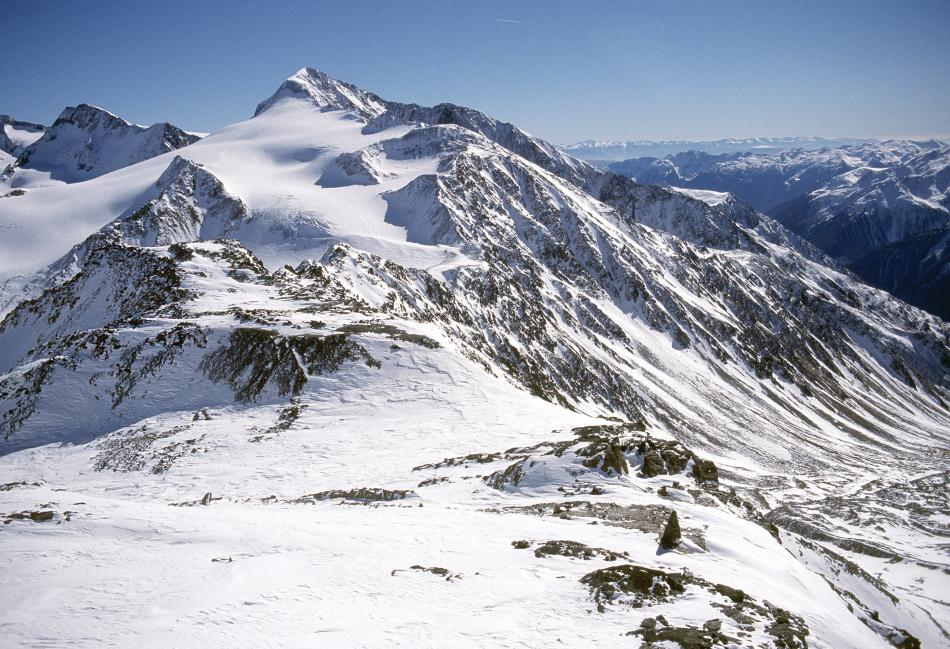
A Viennese journalist coined Ötzi’s name, which is derived from the Ötztal Alps, where he was found. The site, shown above, was originally believed to be in Austria, but a survey conducted after the mummy was found revealed it was actually in South Tyrol, Italy.
Preserved by Luck
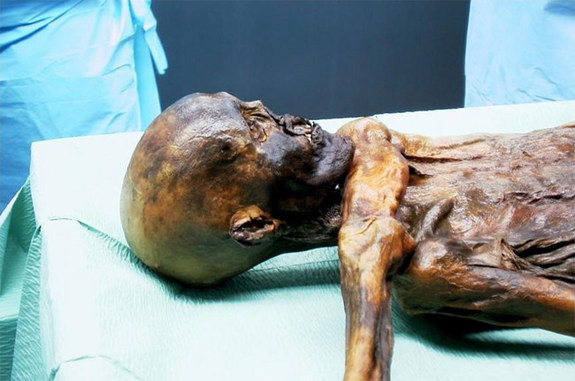
Previous research indicates Ötzi died from the lost blood caused by a wound from an arrow. But fortunately for history, he died in a protected gully, high in a cold glacier region. Snow covered his body, which remained protected from the flow of the glacier by the gully, according to the museum.
Joe Copper Age

In the time since Ötzi's discovery, researchers have gleaned bits and pieces of his identity. Ötzi’s bone tissue puts him at about 46-years-old when he died, a ripe old age for his time. He appears typical of the Copper Age in other respects as well, standing about 5 feet 3 inches (1.6 meters) tall and weighting around 110.2 pounds (50 kilograms).
Get the world’s most fascinating discoveries delivered straight to your inbox.
Maintaining a Mummy

Ötzi's remains are kept in a refrigerated cell at the museum, which mimics the wet, cold glacial conditions that preserved his body. A unique cooling system makes it possible for the mummy to be displayed.



